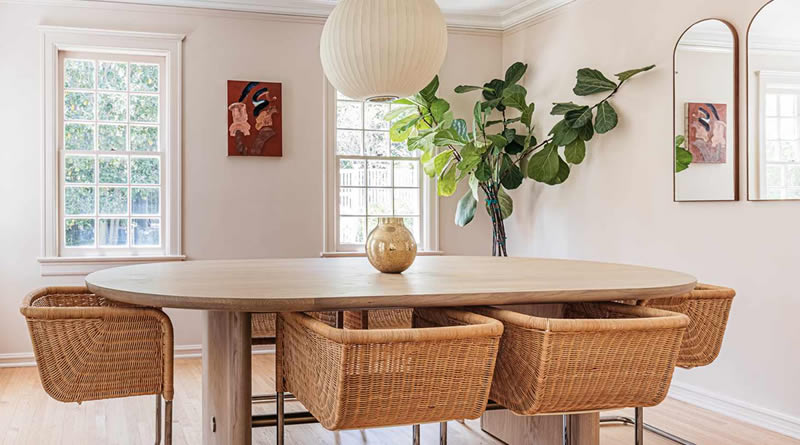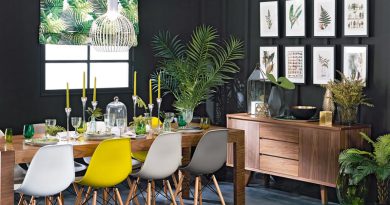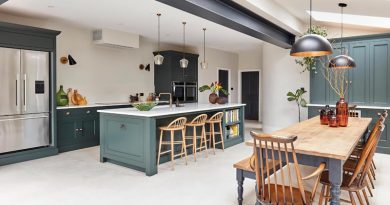Choosing Colors for Kitchen and Dining Room Decoration
When it comes to decorating your kitchen and dining room, selecting the right colors is crucial in setting the desired ambiance and creating a harmonious space. Colors have the power to evoke emotions and influence our mood, making them an essential element in interior design. In this article, we will explore the considerations and tips for choosing colors that enhance the aesthetic appeal and functionality of your kitchen and dining area.
1. Understanding Color Psychology
Before diving into color selection, it’s essential to understand the basics of color psychology. Different colors have distinct effects on our emotions and behavior. For example, warm colors like red and orange tend to stimulate appetite and create a cozy atmosphere, making them ideal for dining areas. On the other hand, cool colors such as blue and green promote a sense of calmness and can be used to create a soothing ambiance in the kitchen. Consider the mood you want to achieve in each space and select colors accordingly.
2. Harmonizing with Existing Elements
When choosing colors for your kitchen and dining room, take into account the existing elements such as flooring, cabinetry, and furniture. Look for colors that complement or harmonize with these elements to create a cohesive and visually pleasing space. If you have neutral or earthy tones in the room, consider incorporating complementary or contrasting colors to add visual interest. Experiment with color swatches or create mood boards to visualize how different shades will work together.
3. Natural Light and Room Size
The amount of natural light and the size of the space should also influence your color selection. In smaller kitchens or dining rooms, lighter and brighter colors can create an illusion of openness and make the area feel more spacious. White or pastel shades can reflect light and give the impression of an airy environment. If your space receives an abundance of natural light, you can experiment with bolder or darker colors to add depth and create a dramatic effect.
4. Personal Preference and Style
Ultimately, your personal preference and style should guide your color choices. Consider the overall theme or aesthetic you want to achieve in your kitchen and dining room. Are you drawn to a modern and minimalist look, or do you prefer a rustic and cozy atmosphere? Browse through interior design magazines or online platforms to gather inspiration and identify color palettes that resonate with your taste. Remember that the colors you choose should reflect your personality and create a space that you feel comfortable and happy in.
5. Testing and Sampling
To ensure that you make the right color choices, it’s recommended to test and sample different colors before committing to a final decision. Paint small sections of the walls or obtain color swatches to observe how they interact with the lighting and existing elements in your kitchen and dining room. Colors can appear different under various lighting conditions, so it’s crucial to evaluate them in both natural and artificial light. Take your time to assess the samples and make adjustments if needed.
By considering color psychology, harmonizing with existing elements, taking into account natural light and room size, reflecting personal style, and testing and sampling colors, you can make informed decisions for your kitchen and dining room decoration. Remember that color selection is a subjective process, and there are no right or wrong choices. Trust your instincts and create a space that reflects your unique personality and brings joy to your everyday life.




